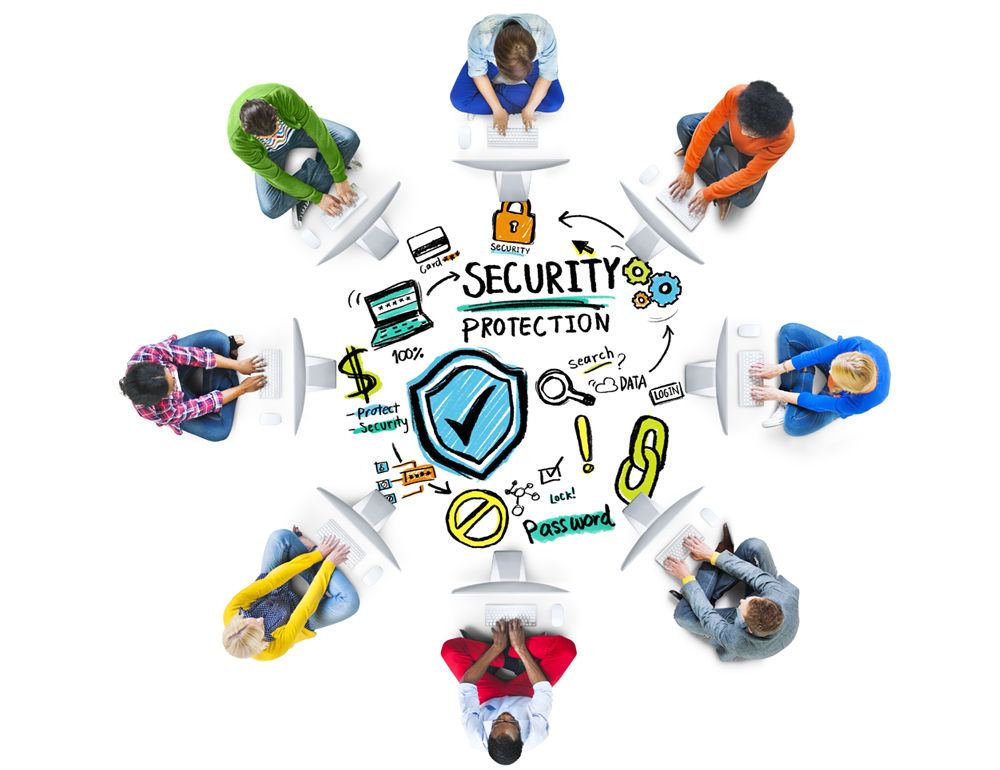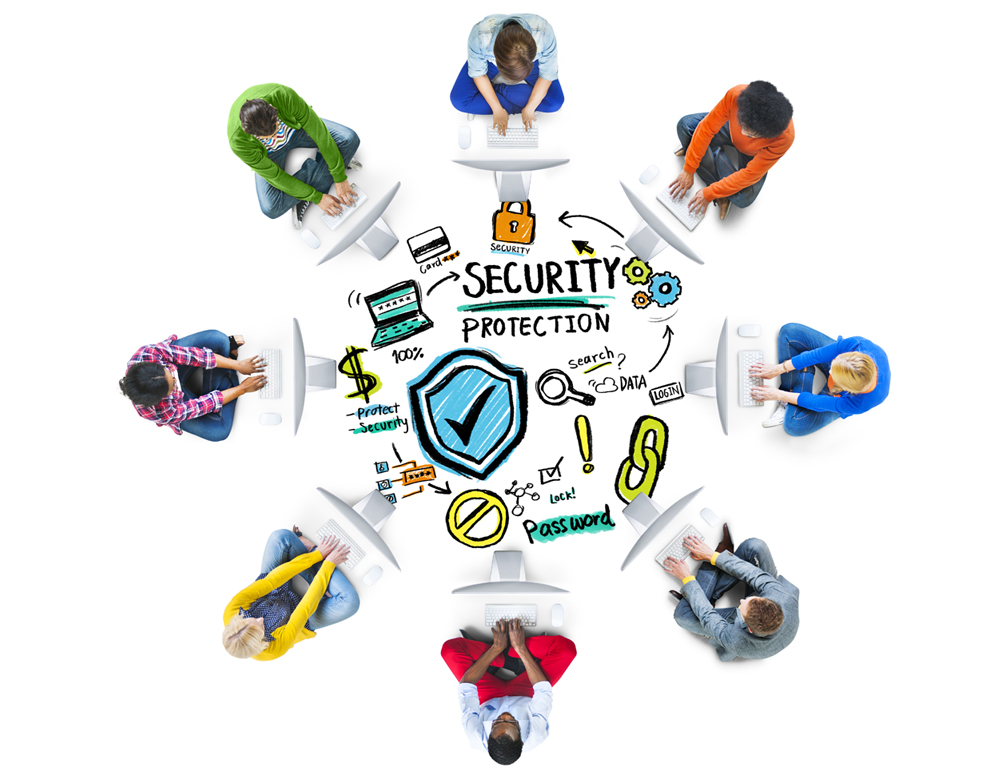Passwords dates way back to 1960, the time of commencement of computing technology. It was quite secure and it still is a stylish factor in ensuring access security. We stand today in 2015 where the scope of computing has exploded and passwords have become easier to crack for hackers, who resort to innovative tricks to fool a user.
Identity and Access technology algorithm has achieved exponential dimensions with one person possessing multiple IT properties. Such properties include, and are not limited to, the number of devices one owns, applications one accesses, websites one visits, recreation tools one opt for over the internet, online transactions one has to make and more.

Accessing a personal account through usernames and passwords will live long, but relegating continued importance to this factor for authentication will not survive for long.
This process of authentication forces a user to remember login credentials while accessing accounts. It has been effective and fundamental part of online security, at the same time it is vulnerable to cyber attacks. Besides resorting to password best practices, where the users have to construct complex passwords, remember them and keep them secret.
Much adopted approach in this regard is Multi Factor Authentication (MFA) or Two Factor Authentication (TFA) that typically uses mix of any (two) of following three factors:
- Knowledge – Static password and Username
- Possession – OTP received on mobile/email account
- Biometric – Fingerprints, pupil impressions
The importance of multifactor authentication in ensuring identity gate-pass and a secure access, cannot be undermined. The high numbers of data breaches, mass-proliferation of smartphones, shifting focus on automation and the challenges of manual administration within an organization calls for setting up strong check posts.
Many options lay afloat that may augment passwords with a new layer or even eliminate passwords through biometric access (technology that measure or analyse human characteristics such as DNA, fingerprints, eye retinas and irises, voice patterns, facial patterns and hand measurements) for authentication security. Biometric encrypts identify specific algorithm and translate that into a numeric value. This repository of all user identity is matched each time an access request is made with the biometric input scanner for granting or declining authentication.
Many options are readily available for protecting the identity and access management landscape. To ensure better security companies embrace a mix of options to shield against hacking and ensure secure usage.
Should you be in need of setting up a MFA framework within your organisation, allow us to discuss with you, contact us here>>

